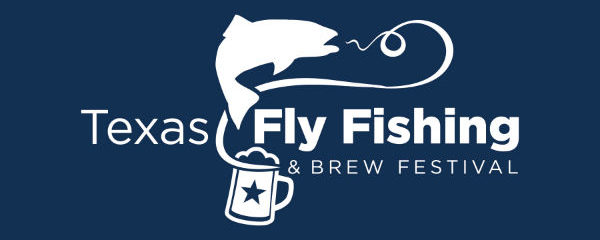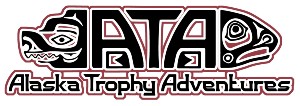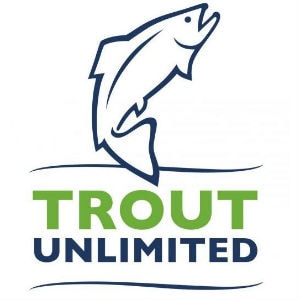How To Up Your Fly Fishing Game
 Have you fallen in love with fly fishing and are looking to improve your skills? We’ve compiled a list of the best places to start so you can up your fly fishing game. Like any skill, improvement often comes down to practice and experience. There’s no replacement for getting out there and putting in the work. That being said, it’s always possible to work smarter not harder. So let’s dive into the best things to focus on as a new fly fisherman.
Have you fallen in love with fly fishing and are looking to improve your skills? We’ve compiled a list of the best places to start so you can up your fly fishing game. Like any skill, improvement often comes down to practice and experience. There’s no replacement for getting out there and putting in the work. That being said, it’s always possible to work smarter not harder. So let’s dive into the best things to focus on as a new fly fisherman.
Perfect Your Cast
One of the most important aspects of fly fishing is the cast. A fly cast has two main motions; your back cast and your forward cast. Both of these motions work best when the tip of the rod travels along a straight plane. This will properly load the rod with energy and keep your loop tight and accurate. At the end of your forward cast you want to make the tip of the rod stop as abruptly as possible. This will translate the maximum amount of loaded energy from the rod into the line. YouTube is a great resource for watching examples of perfect casting.
Get a Decent Rod
Once you’ve practiced your cast enough to be relatively consistent, you will be amazed at what a decent rod will do for you. Namely, the accuracy of your cast is likely to improve dramatically. Fly Fishing gear has come a long way, so even middle-of-the-road gear in terms of price is likely to be better than the top of the line gear from just a few years ago. If you do end up investing in a good rod, it’s a good idea to keep it protected, particularly when traveling. Riversmith makes car-top roof racks to hold your rod for a great price.
Distance Is Not The Important Part
Many sport fishermen have been fishing for years under the assumption that you have to cast a long way to be a good fly fisherman. Sport fishermen are used to casting for yards into a lake or ocean, and then reeling in. However, to be a good fly fisherman, it is more about accuracy than it is distance. If you have a place on a stream or river where you think the fish are biting, that’s where you need to aim your fly. If you’re good, your fly will land very close to your target–about a foot from it if you’re casting well. If you move your fly around too much, you may scare off the fish you were trying to land.
You Need the Perfect Fly, and You Need to Make It Move
When it comes to fly selection – imitation is the name of the game. There’s no need to reinvent the wheel, evolution has done your job here. You’ll want to have an idea of what exactly you’re fishing for in a given area. Armed with this knowledge, the next step is to identify the most popular prey for that species of fish in that area. Sometimes this boils down to observation, but often you can get the scoop from locals or looking around on the web.
Be Sure You Have a Taut Line
Most fly fishermen aren’t out to hurt the fish, so they fish with barbless hooks. If you fish that way, your line has to have tension in it, or the fish aren’t going to bite. Be sure that you hold your rod up, and make your line taut.
Pick the Best Time to Fish
Fish don’t always bite. In fact, there are specific times that fish are more likely to bite. Once the temperatures are cold at night, or cool during the day, fish become sluggish. This makes them less likely to bite anything as their metabolisms have slowed down. The best times to fish are late summer into fall in most places. Peak summertime is a difficult time to fly fish, but it can still be done if you go out early in the morning or late in the evening. Fish in summer are more likely to bite when the water temperatures cool off and the sun isn’t bearing down.
Write Down Your Favorite Spots and Look for New Ones
If you journal, it may help your overall fly fishing experience, especially if you are likely to forget where and when you took that huge fish. Write down when and where you fished, what fly you used, and the temperature of the water. Write down how the water was flowing that day as well. Over time, you’ll be able to predict whether or not the fish might be biting at your favorite spot on any given day.
While it’s great to optimize locations you already know and like, prospecting new locations is also worth doing. Again, keep detailed notes and where you’ve been and the conditions there. In time you’ll gain a better understanding of what features to look for and what a “good spot” tends to look like.
While landing a big fish after a long battle is every fly fisher’s dream, landing a perfect technique in a perfect spot on a perfect day isn’t so bad either. Progression feels good. We hope this article helped to get your gears turning on where to start. Until next time!






